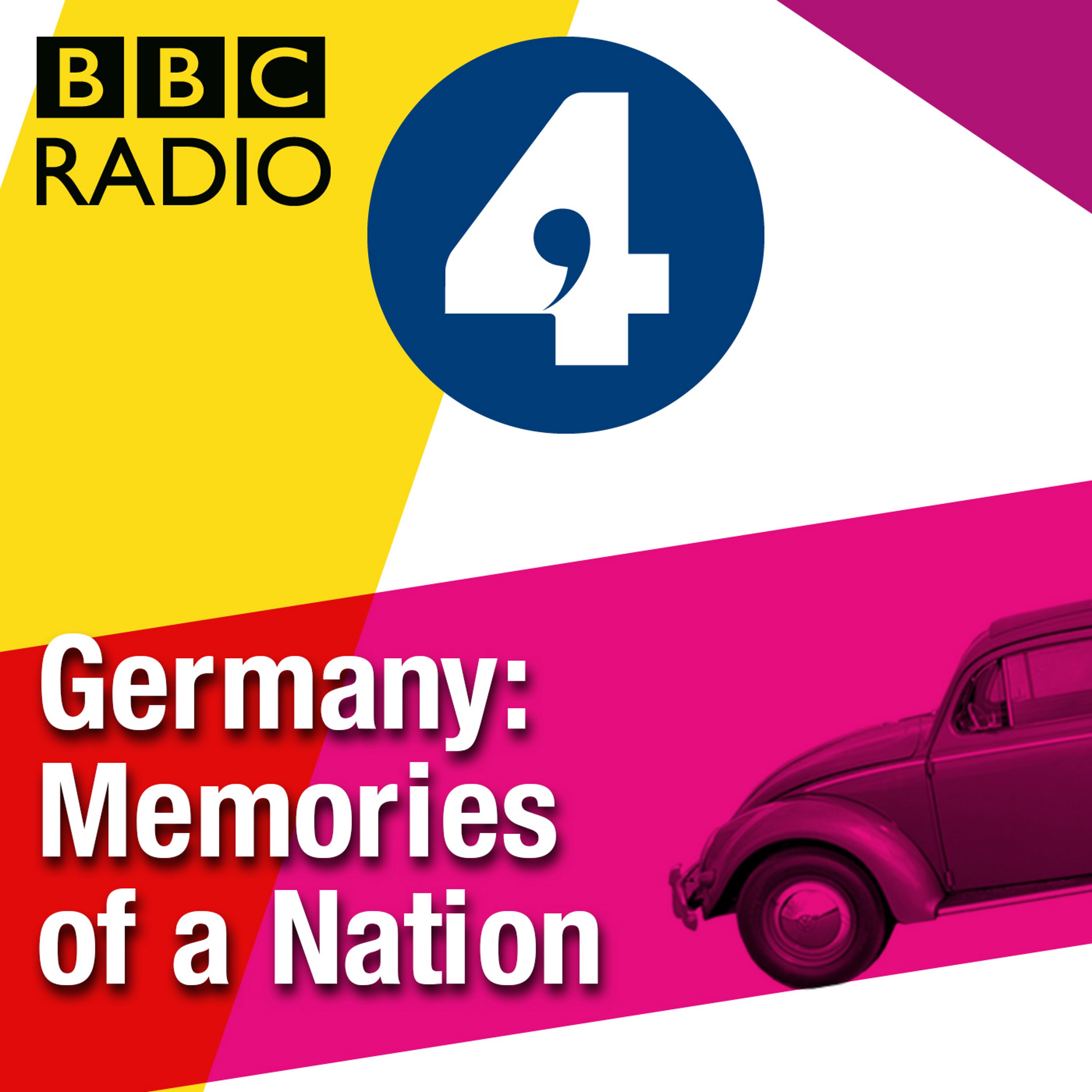Episodes
Neil MacGregor continues his series with a week of programmes with a focus on the things which bind Germans together - ranging from the importance of the great German writer Goethe, and the significance of the Grimm brothers' fairy tales, to the long-standing history of German beer and sausages.
He begins with the story of how Martin Luther created the modern German language, through his translation of the Bible.
Luther is often, in German history, seen as the Great Divider. His attacks...
Published 10/06/14
Neil MacGregor discovers how coins reveal the range and diversity of the Holy Roman Empire, with around 200 different currencies struck in the different territories of Germany.
It's an extraordinarily immediate and physical way of grasping the complexity and the confusion of the Holy Roman Empire, because every coin represents a kind of sovereignty. To be able to strike a coin you needed to be the ruler in your territory - and every coin speaks of a particular state, with its particular laws...
Published 10/03/14
Neil MacGregor visits Strasbourg, now in France, but also a city with a key place in German history, culture and precision engineering, as revealed by a model of the cathedral clock, now in the British Museum.
When the writer Goethe stood in front of Strasbourg's Cathedral, he discovered two things: the transporting, transforming force of Gothic architecture and one aspect of what it meant to him to be German.
Producer Paul Kobrak.
Published 10/02/14
Continuing the week's theme of Germany's floating frontiers, Neil MacGregor visits two cities now beyond Germany's present borders, but which played important roles in Germany's intellectual and literary history.
Kaliningrad, on the Baltic, became part of the Soviet Union in 1945, and is now part of Russia. But for centuries it was Königsberg, a major Prussian city, and birthplace of the philosopher Immanuel Kant - and so central to the intellectual history of Germany.
Neil also visits the...
Published 10/01/14
Neil MacGregor examines the story of the two Germanys, East and West, created in 1949, through objects including a wet suit used in an escape attempt from the East in 1987, which was later used as a training device by the Stasi, the East German secret police.
Neil also focuses on another Stasi training device, a model of Friedrichstrasse Station, a border crossing point in the divided Berlin, and reflects on the life and work of the East German writer Christa Wolf.
Her novel Der Geteilte...
Published 09/30/14
Neil MacGregor, Director of the British Museum, begins his series examining 600 years of German history through objects, with a reflection on Germany's floating frontiers.
Twenty-five years after the fall of the Berlin Wall, which led to the reunified modern Germany, Neil visits the Brandenburg Gate.
In November 1989 the East Berlin crowds gathered there and cheered and then poured into West Berlin as the Berlin Wall fell and the world changed. It was there in July 2014 that a huge crowd...
Published 09/29/14


